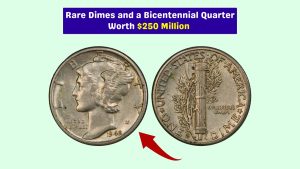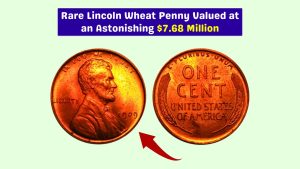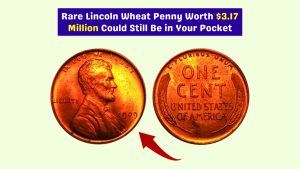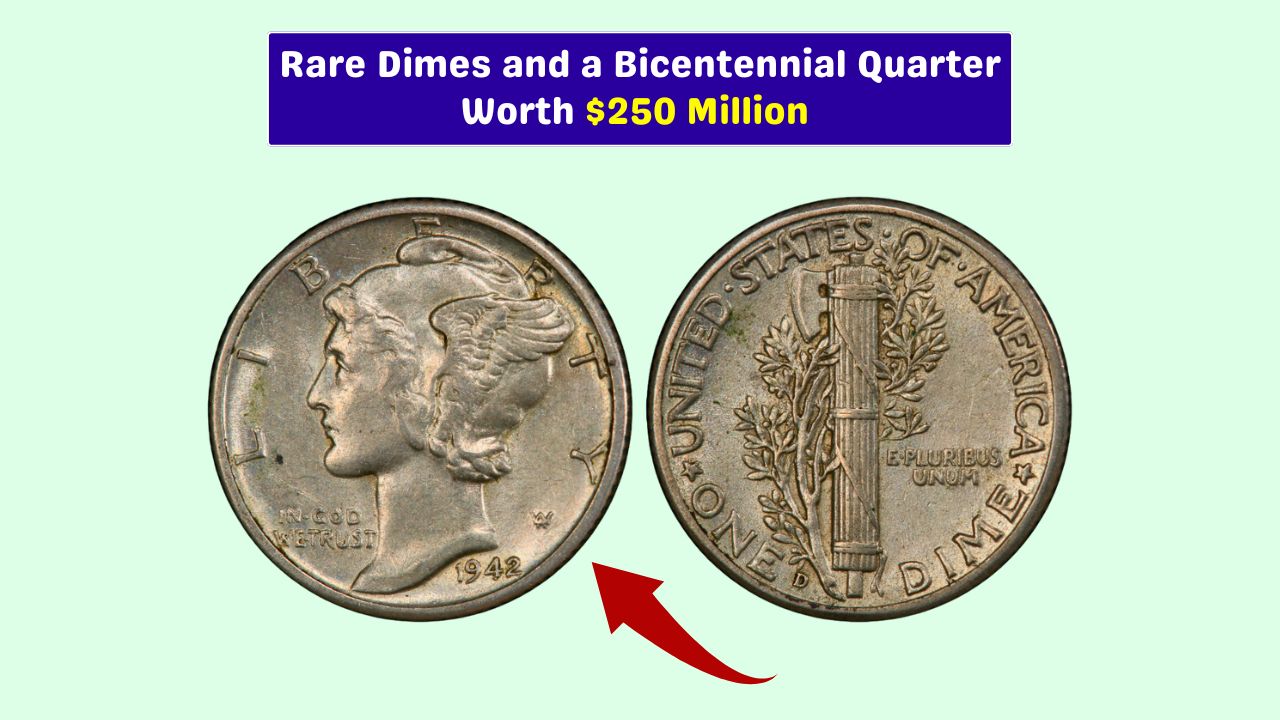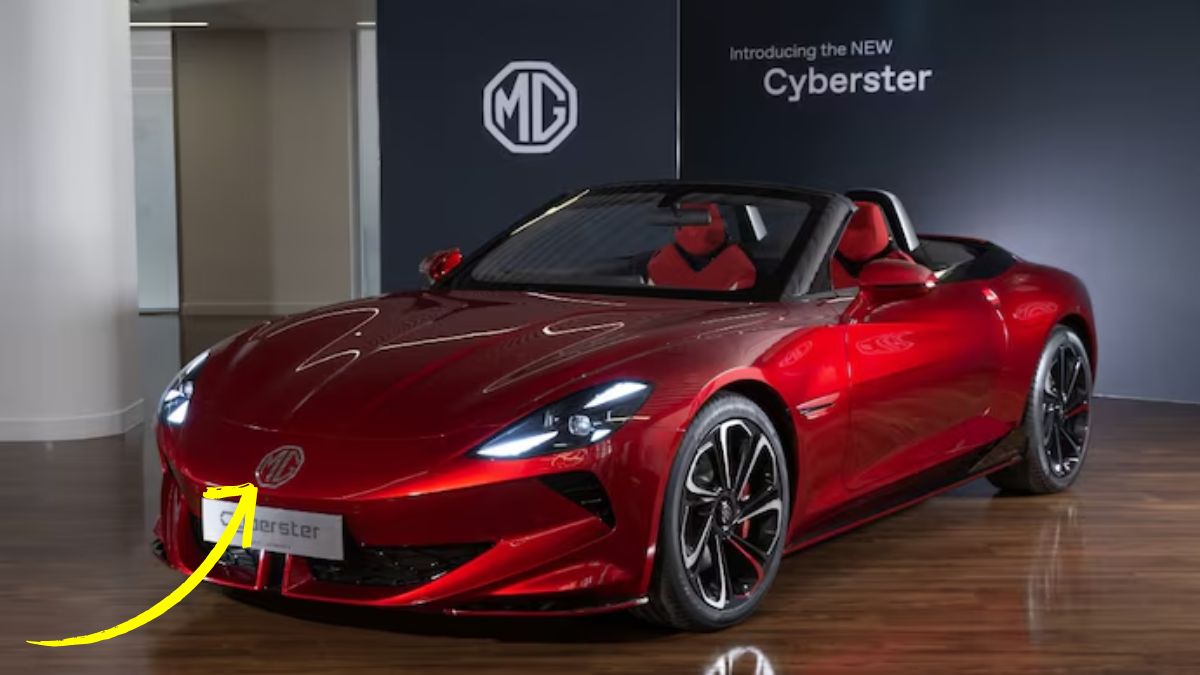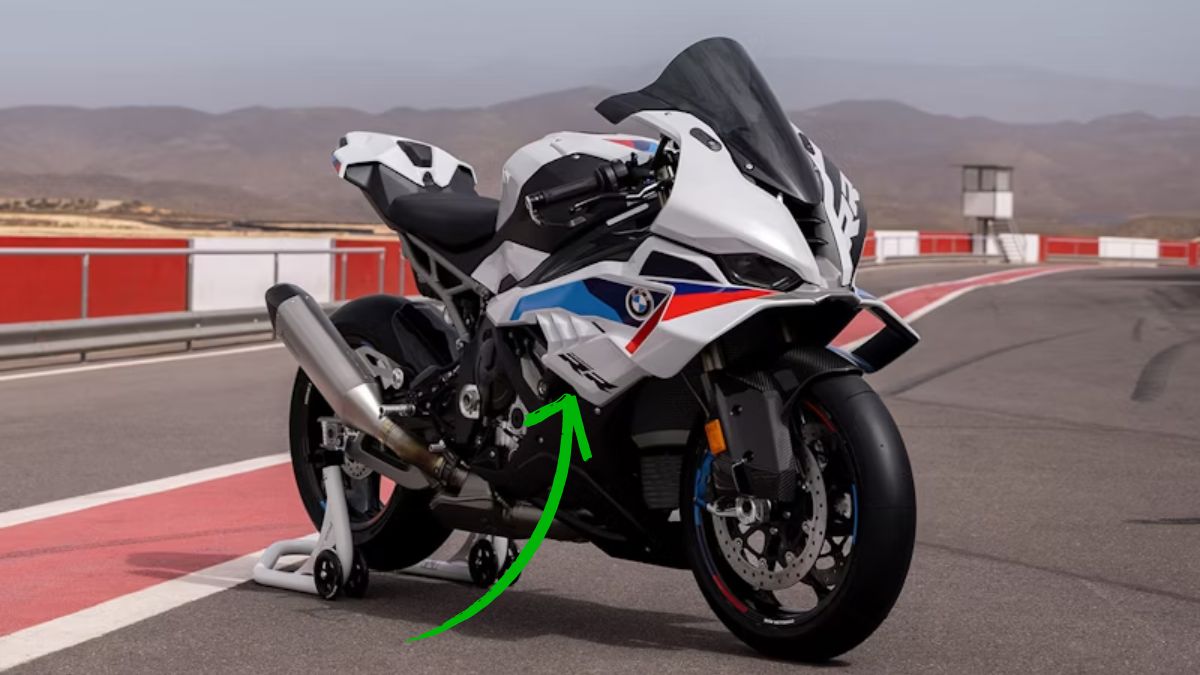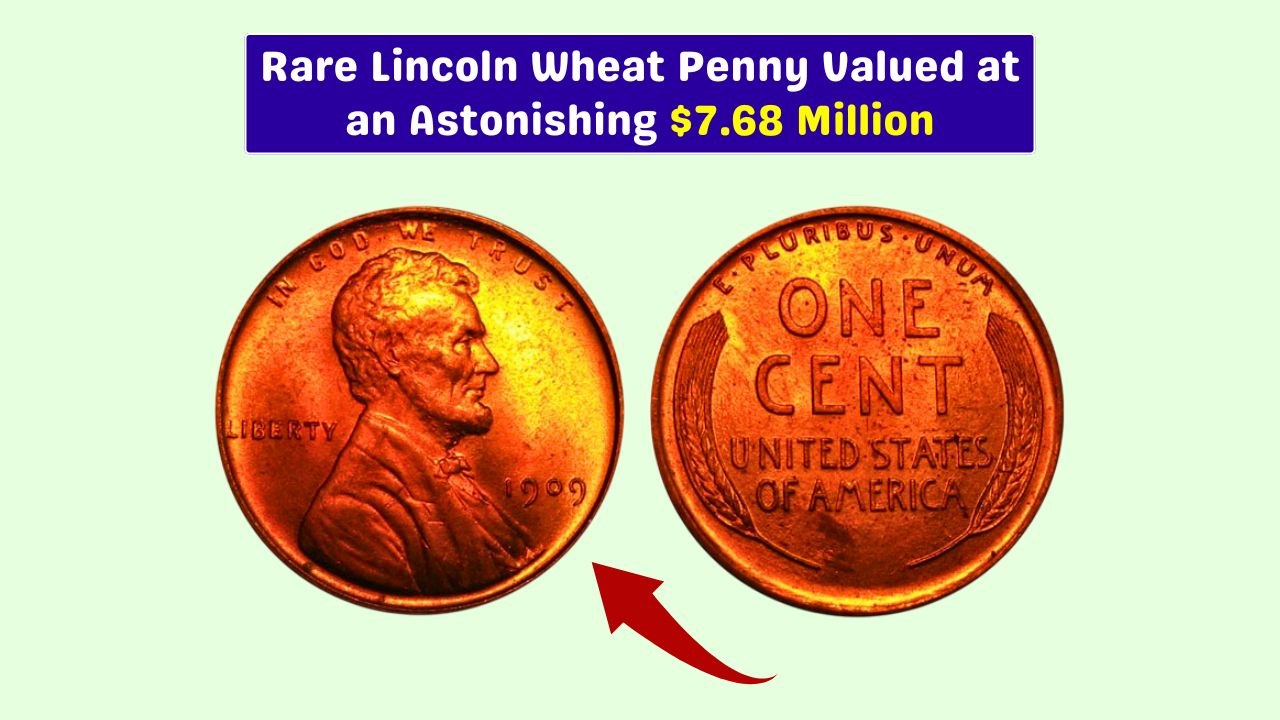Most Lincoln Wheat Pennies you’ll come across are made of bronze, but there’s one particular version so rare and unusual that it’s become a legend among coin collectors — the 1944-D Steel Wheat Penny.
With only seven confirmed examples in existence, it’s one of the rarest U.S. coins ever minted. One of these elusive pennies even sold for an astonishing $115,000.
Curious how this mistake happened and how you might spot one? Let’s break it down.
Table of Content
Meaning
The 1944-D Wheat Penny was supposed to be struck in bronze, like the rest of that year’s coins. But due to a rare minting oversight, a few were accidentally produced using leftover steel planchets from the previous year, 1943.
In 1943, pennies were made of zinc-coated steel to conserve copper for World War II ammunition and equipment.
The “D” stands for the Denver Mint, where this error occurred. A few steel blanks were left behind from 1943 and mistakenly used to produce a tiny batch of 1944-D pennies. As a result, these coins look silver or gray, unlike the regular reddish-copper Wheat Pennies from 1944.
Rarity
This coin’s rarity comes from two factors: its mistake and its tiny surviving population. In 1944, the U.S. Mint returned to making pennies from bronze, and steel cents were no longer in production. But some steel blanks were left over and accidentally used at the Denver Mint.
Once the error was noticed, production was stopped, and very few of these steel pennies survived. Today, only about seven verified 1944-D Steel Wheat Pennies are known to exist, making them incredibly rare and highly valuable.
Value
Because of their extreme rarity and demand among collectors, 1944-D Steel Wheat Pennies command staggering prices at auction. One of the highest recorded sales was for a nearly flawless MS63 (Mint State 63) coin, which fetched $115,000.
Even if not in perfect shape, these pennies can still sell for tens of thousands due to their historical significance and scarcity. Here’s a simple breakdown of estimated values based on condition:
| Grade | Value Range |
|---|---|
| MS63 | $110,000 – $115,000 |
| AU (About Uncirculated) | $60,000 – $85,000 |
| VF (Very Fine) | $30,000 – $50,000 |
Spotting
Wondering if you might have one hiding in a jar of old coins? Here’s how to check:
First, look at the date. The coin should read 1944. Then, check just beneath the year for a small “D” mint mark, indicating it was made at the Denver Mint. Next, test it with a magnet.
Steel pennies will stick, while bronze ones will not. Lastly, look at its color. Steel Wheat Pennies appear silver or gray, while regular 1944 pennies have a warm copper tone.
If your coin meets these checks, it might be worth having it authenticated by a professional grading service.
Treasure
The 1944-D Steel Wheat Penny is a perfect example of how a simple minting mistake can turn a common coin into a legendary rarity.
With only a handful known to exist and auction prices soaring well into six figures, it’s no wonder collectors consider it one of the greatest U.S. coin finds.
If you have old Wheat Pennies lying around, take a minute to check the year, the mint mark, and whether it sticks to a magnet. You never know — your next great finding could be hiding in plain sight.
FAQs
What is a 1944-D Steel Wheat Penny?
A rare Denver-minted penny accidentally made with leftover steel.
How many 1944-D Steel Pennies exist?
Only about seven confirmed examples are known today.
How much is a 1944-D Steel Penny worth?
Up to $115,000 depending on its condition.
How can I spot a 1944-D Steel Penny?
Check for 1944 date, a ‘D’ mint mark, silver color, and magnetism.
Why are steel pennies rare in 1944?
1944 pennies were meant to be bronze — steel was leftover from 1943.

